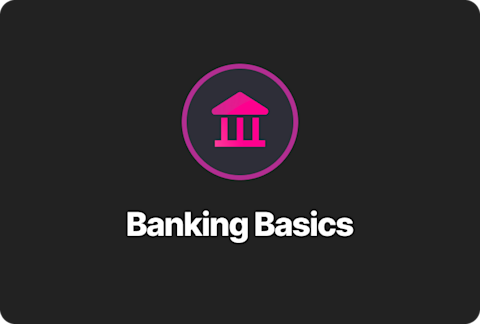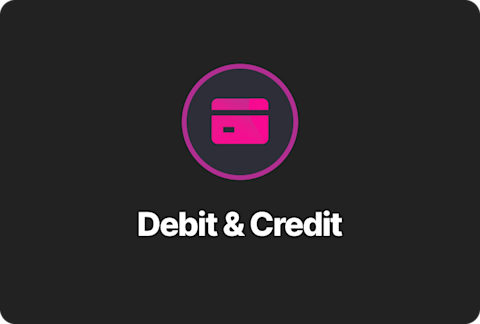A Parent’s Guide: How To Setup Efficient Banking For Teens

Financial independence starts with the right foundation. Teaching teens how to manage their money early ensures they develop responsible habits that will benefit them for life. Whether they earn from a part-time job, receive an allowance, or get money as gifts, having a structured banking system helps them budget, save, and even invest wisely. Here’s how parents can guide their teens in building a strong financial system.
Step 1: Establishing a Primary Account 🏦
The first step in managing money is setting up a primary account where all earnings—whether from jobs, gifts, or allowances—are deposited. This account acts as their financial foundation, making it easier to track their income and spending. Without a dedicated account, money can easily get misplaced, spent impulsively, or become difficult to manage.
An effective banking app for teens should provide:
Direct deposit options for paychecks – Many employers now offer direct deposit, allowing teens to receive their earnings quickly and securely.
Instant transfers for allowances or payments – Parents can easily transfer money for allowances, chores, or emergencies without relying on cash.
Real-time spending and balance tracking – Giving teens visibility into their finances helps them develop a sense of accountability and awareness of their spending habits.
Selecting the right online banking platform, like Step, simplifies money management, helping teens develop strong financial habits from the start. Step provides a seamless experience for tracking income, making transactions, and managing savings in one place. A well-structured account also prepares them for larger financial responsibilities down the road, such as paying bills, managing expenses, and even building credit. With Step, teens can start building their credit early using a secured Visa card to build credit, helping them establish a strong financial foundation for the future.
Step 2: Creating Savings Goals 💡
Saving money is an essential skill that teaches discipline and long-term thinking. Encouraging teens to set aside a portion of their income for future needs helps them build a safety net and work toward financial goals. Instead of treating their earnings as disposable income, they should learn to allocate funds wisely. With Step Black, teens can earn 3.00% on their savings, making it an excellent incentive to start saving early. They can set up separate savings goals for:
A new device or gadget 📱 – Saving for big purchases like a phone or laptop teaches patience and financial responsibility.
Travel or special experiences ✈️ – Whether it’s a summer trip or a concert, setting aside money ensures they can enjoy experiences without last-minute financial stress.
An emergency fund for unexpected expenses 🚨 – Having a safety net helps prepare for unplanned costs, such as car repairs, medical expenses, or school-related fees.
Encouraging goal-based saving ensures they remain disciplined and motivated to reach their financial milestones. A good rule of thumb is the “50/30/20” rule—allocating 50% of income for essentials, 30% for discretionary spending, and 20% for savings and investments. Establishing this habit early will serve them well as they transition into adulthood.
Step 3: Introducing Investing for Future Growth 📈
Beyond saving, teens should learn about the power of investing. While savings accounts provide security, investments offer growth potential through compounding returns. Learning to invest at a young age gives them a head start in wealth building and financial literacy. Step makes it easy for teens to invest in stocks and ETFs directly through their account, allowing them to start with small amounts and gradually build their portfolio.
Key investing principles to emphasize:
Invest only what they can afford to set aside long-term – Unlike a savings account, investments fluctuate in value, so they should be prepared to leave their money invested for years.
Start with small amounts and gradually increase as they learn – Even investing $10-$20 regularly can create substantial returns over time.
Focus on long-term growth rather than short-term fluctuations – Investing is not about quick wins; it’s about patience and making informed decisions.
Encouraging responsible investing early helps teens develop financial confidence. Parents can guide them by discussing the basics of diversification, risk, and different investment options. By the time they reach adulthood, they will already have a solid foundation in managing and growing their wealth. 🚀
Final Thoughts: Helping Teens Build a Strong Financial Future 🏆
Setting up a structured banking system isn’t just about convenience—it’s about empowering teens with the skills they need to make smart financial decisions for life. With the right banking app for teens, they can easily manage their income, build strong saving habits, and start investing in their future. Looking for the best option? Step makes online banking easy and rewarding! Sign up today and help your teen take the first step toward financial independence. 🔗 Get Started Now








